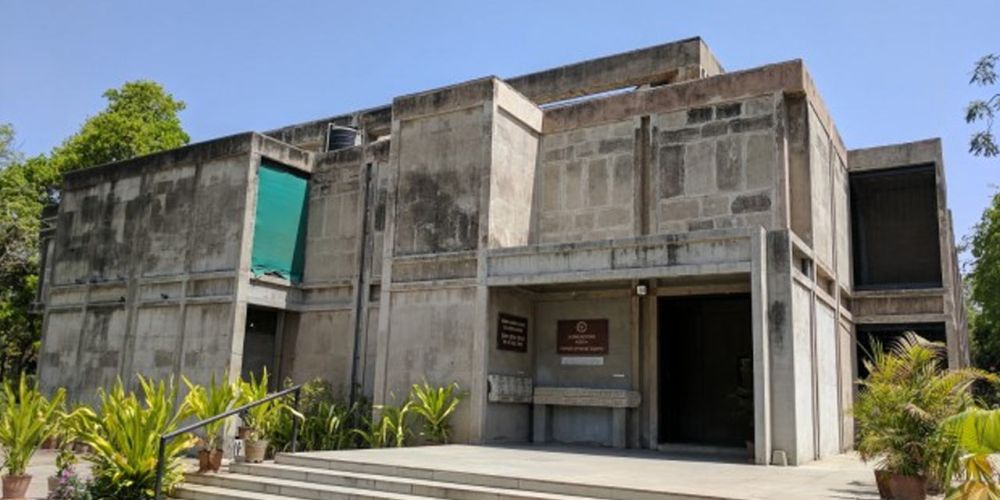

The Lalbhai Dalpatbhai Museum, situated in the cultural city of Ahmedabad in Gujarat, India, is an embodiment of the country's rich heritage and art history. Established in 1956 by Muni Shri Punyavijayji and his disciple Muni Shri Kastur Vijayji, the museum was named after the prominent textile magnate, Lalbhai Dalpatbhai. It started out as a storehouse for the treasures of Indian miniature paintings, manuscripts, drawings, bronzes, coins, wood works, and bead works but has evolved into one of the most important cultural and tourist landmarks of the city.
Tourism at the Lalbhai Dalpatbhai Museum has seen a significant evolution over the years. Initially, the audience was limited to art connoisseurs, historians, and scholars who visited the museum for research and study. But as awareness about the museum's wealth increased, it started attracting a broader spectrum of visitors, including international tourists, students, and general art enthusiasts.
The museum houses works that span a millennium, covering artistic styles from various regions of India. This has played a crucial role in attracting tourists who are interested in exploring different facets of Indian culture and art. The museum gained popularity as a must-visit place for those interested in delving into India's artistic heritage.
In recent years, the Lalbhai Dalpatbhai Museum has embraced modern technology to enhance the visitor experience. This includes audio guides, virtual tours, and interactive exhibits that appeal to tech-savelyounger generations and international visitors. The museum also actively engages with the public through special exhibitions, workshops, and cultural events that offer deeply engaging and educational experiences.
Sustainable tourism has become an influential trend across the globe, and the museum has been part of this movement by promoting cultural sustainability. It ensures that while the influx of tourists continues to grow, the preservation of artifacts and the integrity of the museum are not compromised. This responsible approach to tourism has helped maintain the museum's high reputation among cultural institutions.
Social media has revolutionized how destinations market themselves, and the Lalbhai Dalpatbhai Museum is no exception. The museum leverages platforms like Instagram, Facebook, and Twitter to reach out to potential visitors, share its latest news and events, and showcase its extensive collection to a global audience that may not physically visit the museum.
Another key trend in the museum's tourism strategy is the focus on inclusiveness and accessibility. Efforts have been made to ensure that the museum is accessible to visitors with disabilities, and programs are curated to include audiences of all ages and backgrounds.
In conclusion, the Lalbhai Dalpatbhai Museum is not only a guardian of India's storied past but also an active participant in the ever-evolving landscape of global tourism. Through its commitment to conservation, innovation, and inclusivity, it continues to draw tourists from around the world and serves as a sterling example of how historical institutions can remain relevant in the modern age.